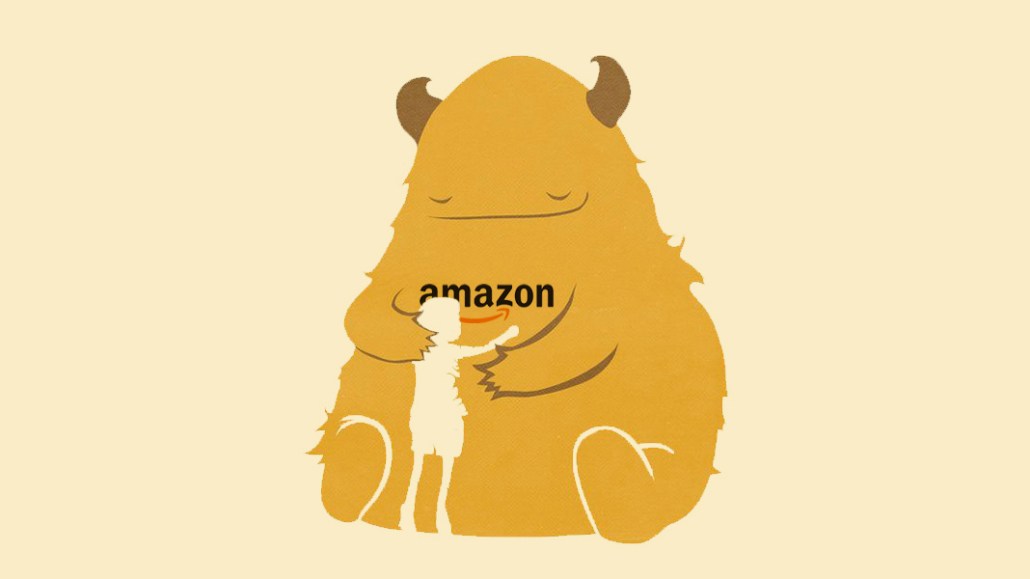
Prime Day is quickly becoming one of the most wonderful times of the year for shoppers, and commerce-focused publishers have made their biggest effort yet to get a piece of those sales.
The one-day sales event, which Amazon launched in 2015 as a kind of birthday celebration, offers Amazon Prime members a chance to buy deeply discounted goods across a number of categories. For publishers that make money from affiliate fees, it’s a potential gold mine: JPMorgan Chase analysts expect it to drive $1 billion in revenue over a 30-hour period, beginning Monday night at 9 p.m.
Last year, the first time Hearst participated in Prime Day, it dipped a toe in the water, tasking a few staffers at its e-commerce publication, Best Products, with creating Prime Day-specific content. This year, staffers at five other titles, including Good Housekeeping and the digital-native title Delish, are producing original content for the day. That content will be syndicated across other Hearst titles via its CMS, though Hearst hasn’t yet decided which titles will share which posts.
“A few years from now, we think people will be saying ‘Happy Prime Day’ as much as they say ‘Merry Christmas,'” said Brian Madden, the chief of audience development at Hearst.
Prime Day might be growing quickly, but it’s not yet mainstream. As a result, many publishers, including Forbes, The Wirecutter, The Telegraph and New York Media’s The Strategist, have already published SEO-friendly preview coverage of the day, explaining what Prime Day is, how to participate and so on.
Those SEO-friendly posts are an easy way to grab traffic, but there’s another incentive to create them: Amazon affiliates get $3 for every person they drive to sign up for a 30-day free trial of Amazon Prime.
With so many publishers creating content they hope will drive readers to shop on Amazon, it becomes important to spread their deals to the widest possible audience.
Reviewed, the product reviews site USA Today Network owns, has already produced more than a dozen Prime-specific stories that it intends to syndicate across the entire USA Today Network through Tuesday, July 11; all those pieces will be clearly marked as coming from Reviewed. The staff at Reviewed and across the USA Today Network have been coordinating and planning for Prime Day for the past three months, according to Reviewed vp Chris Lloyd.
“Last year, we didn’t have any clue that it was going to be as big as it was,” said Lloyd, who noted that the revenues Reviewed earned during 2016 Prime Day were comparable to the revenues it drove on Cyber Monday and Black Friday, though he declined to share specific dollar figures. “Prime Day is massive for us.”
While most publishers pursuing commerce revenues are heavily dependent on search, many of them have built out additional channels to grow their audiences, including email newsletters and presences on social channels. Those will all be used on Prime Day.
Refinery29, which has already published some preview stories around Prime Day, will use Snapchat’s newly launched link feature to promote its Prime Day coverage inside Snapchat Stories. Clique Media Group’s Byrdie, WhoWhatWear and MyDomaine, which all started covering Prime Day in 2015, will be using the feature too, and will have shoppable content lined up for Instagram Stories; it is also putting together content for Facebook.
All three Clique Media Group sites have their own stores, and each will have a customized Prime Day-specific collection available Monday and Tuesday, with items chosen based on historical sales data, current editorial trends as well as the items that have historically converted well through Amazon.
More in Media

Walmart rolls out a self-serve, supplier-driven insights connector
The retail giant paired its insights unit Luminate with Walmart Connect to help suppliers optimize for customer consumption, just in time for the holidays, explained the company’s CRO Seth Dallaire.

Research Briefing: BuzzFeed pivots business to AI media and tech as publishers increase use of AI
In this week’s Digiday+ Research Briefing, we examine BuzzFeed’s plans to pivot the business to an AI-driven tech and media company, how marketers’ use of X and ad spending has dropped dramatically, and how agency executives are fed up with Meta’s ad platform bugs and overcharges, as seen in recent data from Digiday+ Research.

Media Briefing: Q1 is done and publishers’ ad revenue is doing ‘fine’
Despite the hope that 2024 would be a turning point for publishers’ advertising businesses, the first quarter of the year proved to be a mixed bag, according to three publishers.








